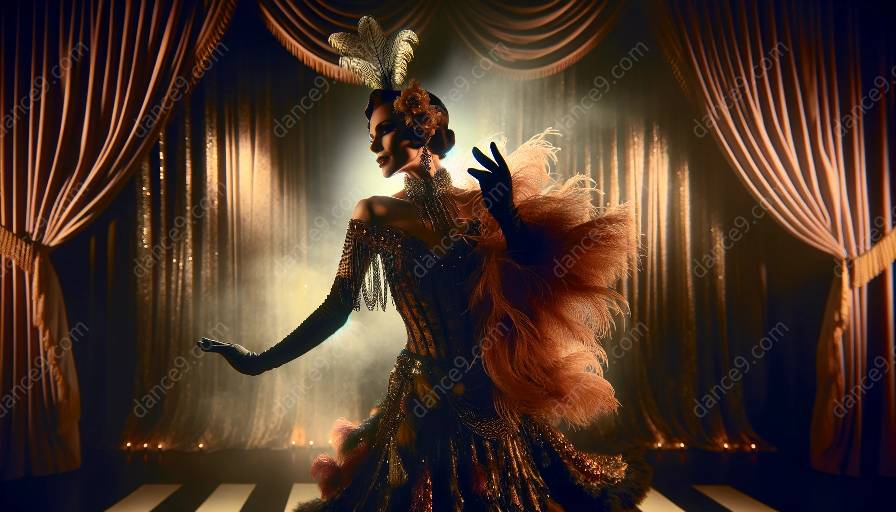Burlesque, as an art form, encompasses a wide range of personal, social, and cultural implications that affect how it is taught and practiced. Ethical considerations in teaching burlesque are essential to ensure that participants feel empowered, respected, and safe within the learning environment.
The Empowerment Aspect
At the core of burlesque is the celebration of individuality, self-expression, and empowerment. When teaching burlesque, it is important to create an environment that fosters empowerment and self-confidence among students. Instructors should encourage participants to embrace their bodies, regardless of shape, size, or appearance. By promoting a positive body image, instructors can help their students develop a healthy relationship with their bodies and boost their self-esteem.
Body Positivity
Burlesque dance classes should promote body positivity and challenge societal norms and beauty standards. Instructors should emphasize that all bodies are beautiful and worthy of celebration. It is crucial to create an inclusive and non-judgmental space where individuals feel comfortable expressing themselves freely, irrespective of societal pressures or stereotypes.
Respecting Consent
Consent is a fundamental ethical consideration in teaching burlesque. Students should have the autonomy to choose their level of involvement in the dance routines and performances. Instructors must prioritize consent and ensure that all interactions, including physical touch, are consensual. Respect for personal boundaries and clear communication regarding consent is essential to create a safe and respectful learning environment.
Teaching Authenticity
When teaching burlesque, it is imperative to emphasize the historical and cultural significance of the art form. Instructors should educate students about the origins of burlesque and its role in challenging societal norms and expectations. Maintaining the authenticity of burlesque as an art form helps students understand and appreciate its cultural significance, thus contributing to a respectful and informed approach to teaching and learning.
The Intersection of Culture and Creativity
Within the context of burlesque, ethical considerations extend beyond individual empowerment and consent. Instructors should also acknowledge the cultural and historical implications of the art form. Discussing the diverse cultural influences of burlesque allows students to engage with the art form in a more nuanced and informed manner, promoting an appreciation for its rich heritage and artistic expression.
Fostering a Supportive Community
Teaching burlesque involves creating a community that values inclusivity, respect, and support. Instructors should encourage collaboration, mutual respect, and a supportive atmosphere in their classes. Instilling a sense of community reinforces the ethical aspect of burlesque education, as it promotes solidarity and collective empowerment among the participants.
Conclusion
Ethical considerations in teaching burlesque encompass various aspects, from promoting body positivity and empowerment to respecting consent and acknowledging cultural influences. By integrating these ethical principles into the teaching of burlesque, instructors can cultivate an environment that celebrates individuality, fosters respect, and encourages creative expression within dance classes.













































































